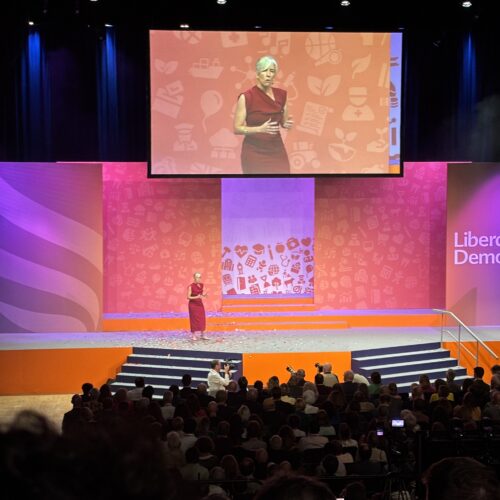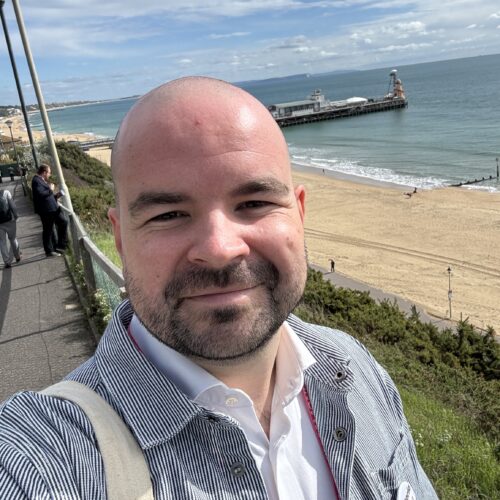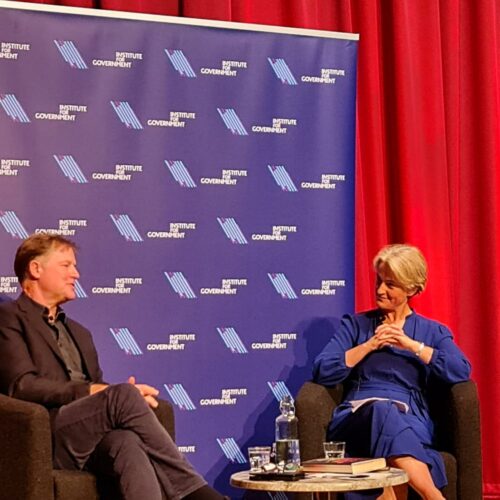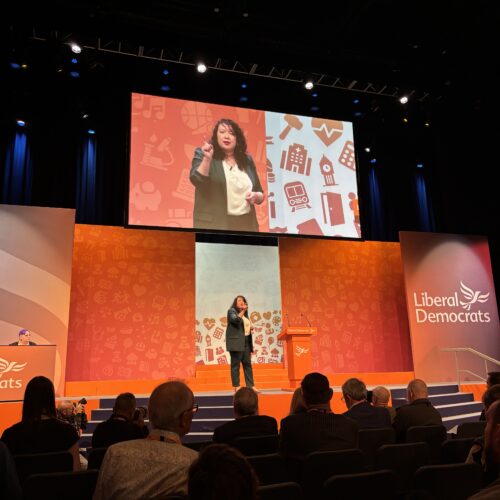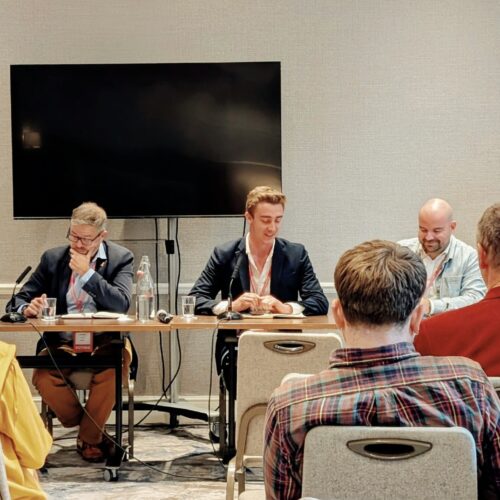From one blue wall to another: Reflections from the Liberal Democrat Conference
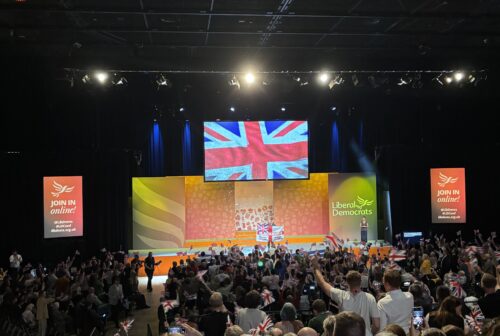
This year’s Liberal Democrat Autumn Conference marked a shift in focus: from the Conservative-held blue wall that defined the party’s 2024 general election campaign, to a new challenge in a different shade of blue – Reform UK.
The atmosphere was more muted than in recent years, which is not surprising given that the past two were both a rally in the lead-up to a general election and a subsequent celebration of success, having managed to get 72 MPs elected. It was nevertheless still buoyed by successes in May’s county elections, where the Party won more seats than Labour and the Conservatives combined, (albeit still falling behind Reform).
The threat of Reform was an undeniable theme throughout, with the very first session I attended bright and early on Saturday morning, ‘Campaigning against Reform UK in Tory-facing areas’, very much setting the tone. That focus ran throughout the whole weekend – further fringe events were centred around discussions on ‘Taking on Reform’, and the official Association of Liberal Democrat Councillors conference magazine featured Reform’s logo on its front page and ran several articles on how to counter Farage’s party.
But for all this attention, the Party still seemed slightly uncertain about how best to respond. On the one hand, speeches and rallies aimed to ‘reclaim patriotism’, complete with Union Jacks and declarations of the Liberal Democrats as ‘the most patriotic party’. On the other, more pragmatic sessions admitted the real task was squeezing votes from Labour and Conservatives, not in tackling Reform itself.
All of this is happening against a shifting political backdrop. With the Conservatives seemingly drifting into irrelevance and Labour consumed by the challenges of governing (and firefighting the political scandal of the week), there is a clear space for the Liberal Democrats to take position as the progressive alternative, hoping to translate this momentum into more local election gains next year.
In terms of planning and the built environment, the dial hasn’t dramatically shifted, with continued disparity between individual attitudes to development. ‘YIMBYIF’ – ‘Yes In My Back Yard If’ – still seems the default stance, alongside familiar calls for more of an infrastructure-first approach. Nevertheless, one theme did come through strongly: the fight to keep planning decisions local. For example, the Party’s Spokesperson for Housing and Planning, Gideon Amos MP, used the Government’s recent decision on Gatwick Airport to highlight the risks of Labour’s centralising instincts, particularly in the context of local government reorganisation and devolution, arguing that local communities must retain control over key planning decisions.
With Reform continuing to push for a move away from net zero and getting rid of ‘waste’ in local government, there is a real opportunity for the Liberal Democrats to position the party as a champion for sustainable growth with local decision-making at its heart.
In short, if last year’s conference was about celebrating success, this one was about facing the next challenge headfirst. From one blue wall to another, the Liberal Democrats ultimately know that how they choose to respond to Reform UK will play a key role in shaping the party’s fortunes in the months ahead.

